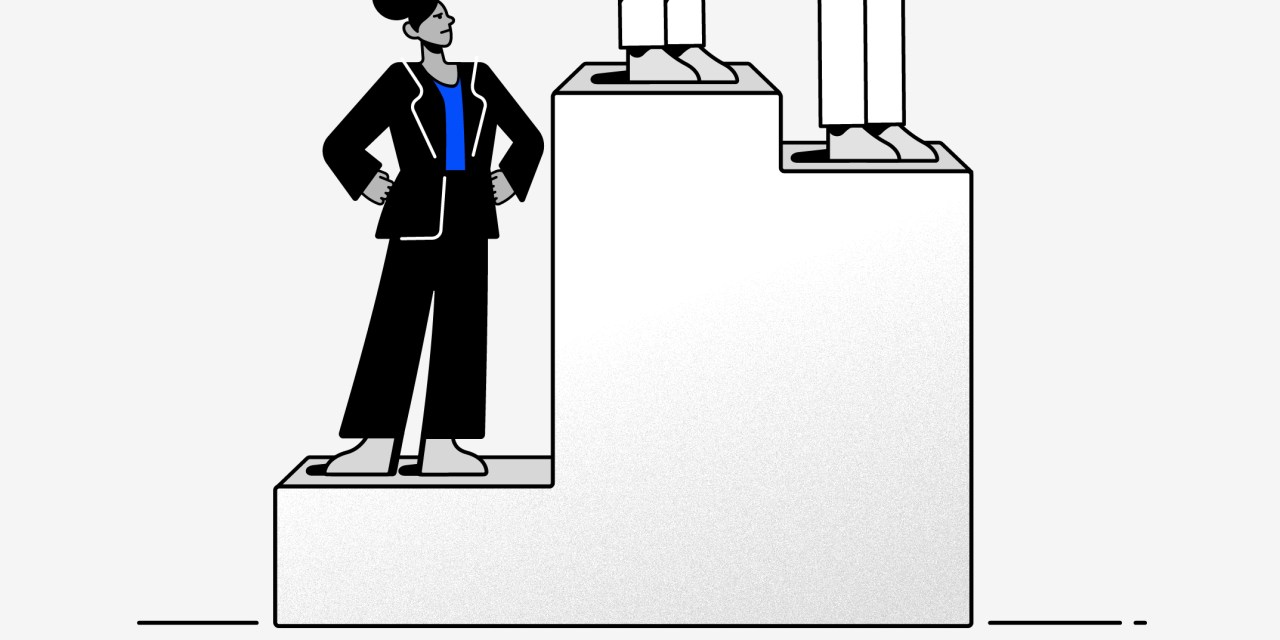Pay equity improved in 2021, but the gender-pay chasm is still wide and needs more executive attention, say analysts

Bosses are talking a good game when it comes to addressing the yawning pay gap between women and men. And it’s starting to show results according to various reports, albeit slowly.
In new research, 66% of 5,500 companies surveyed by compensation data firm Payscale, said they plan to conduct a “pay equity analysis” in 2022. That’s a 20% boost over last year.
Likewise, a Gender Equity Report from the people-business analytics company Visier also revealed improvement in closing the gap. Its latest evaluation, released right before U.S. Equal Pay Day on March 15 (identified by the Census Bureau as how far into the year women must work to match what men earned the previous year) revealed that in 2021, the average pay for women increased two cents to 85 cents for every dollar paid to men.
At this rate, the gender gap in wages could be sealed shut by 2029, according to Visier.
“One of the most important findings was that 2021 saw a recovery in the speed of closing the pay gap” said Andrea Derler, head of research at the firm.
There had been concerns that pandemic-induced job losses would slow pay equity efforts. But Derler said, “2020 had a bit of a slowdown, and 2021 was predicted to potentially see a decline, so for pay equity to improve in 2021 is a positive sign.”
Another bright spot in the Visier report is for women in leadership roles. The pay disparity for female managers shrunk twice as quickly as for their non-management peers.
Women in supervisory positions were paid 90 cents for every dollar paid to men in 2021, a jump of four cents in one year. One reason why women in management roles have experienced smaller wage gaps than those in non-managerial positions is due to internal efforts to reduce pay inequalities over the last few years by increasing promotion opportunities at the 15,000 organizations within Visier’s database, according to Derler.
Visier’s various company studies have shown “that organizations using people analytics to improve diversity and inclusion tend to have higher female leadership ratios, and promote more women managers,” she added.
The Great Resignation, which is playing havoc with staffing needs at companies of all sizes, could also become a force in closing the pay gap. Two-thirds of women (63%) have said the workforce turmoil is giving them more leverage to negotiate higher pay, according to new findings from Glassdoor, the anonymous company reviews site used by job seekers.
But there is still a long way to go.
In Payscale’s study 9% of respondents from the 5,5000 companies surveyed said they will not look at the issue of equal wages for equal work because leadership of those organizations “believes pay gaps are nonsense.”
Meanwhile, recent data from the US Census Bureau also highlighted that gender-based pay discrepancies remain alive and well. Women earned 82 cents for every dollar a man earned, according to the most recent national data which was compiled in the summer of 2020.
At the same time, 41% of female employees from the Glassdoor report, said that unequal wages between men and women is a “serious problem” at their company.
“While I applaud the progress that’s been made with closing the pay gap, there is lots of room for improvement when it comes to equal pay and career advancement,” said Addie Swartz, CEO of reacHIRE, which offers return-to-work programs and talent engagement tech platforms for professional women.
“In addition to pay, one of the biggest challenges women face with their lifetime earning potential is that they are promoted at far lower rates than men,” she said.
The Women in the Workplace 2021 report, published by McKinsey & Company and based on data from 423 American companies that employ 12 million people collectively, showed that “for every 100 men promoted to manager, only 86 women advance.” And the numbers are worse for women of color with only 4% serving as C-suite leaders.
“When women aren’t afforded opportunities early in their careers — this is called the broken rung on the career ladder — there’s no way they’ll be among the ranks of senior leadership,” said reacHIRE’s CEO.
Additionally, the study reports that 42% of women are experiencing burnout at their jobs compared to 30% of men. The exhaustion rate jumps to 50% for women managing teams.
Addie Swartz believes there are concrete steps that, when taken, will go a long way to repairing the “broken rung.”
“Offer women equal opportunities for advancement,” she said, steps that include “providing women with resources such as learning and development, mentoring, sponsorship, and community-building.”
Swartz also cautions against a Covid-era development in the world of hybrid work, pointing to data from Gartner, the global research firm, that “shows 64% of managers believe that office workers are higher performers than remote workers and are likely to give in-office workers a higher raise than those who work from home.”
Without fair performance reviews, salary inequality will be exacerbated and “only slow down progress toward closing the gender pay gap… [s]ince women are more likely to continue with remote and hybrid work, as well as flexible schedules…” added Swartz.
The bottom line, for the reacHIRE CEO and in her firm’s experience: “Companies where women are well represented at the top earn up to 50% higher profits and [market] share performance.”
